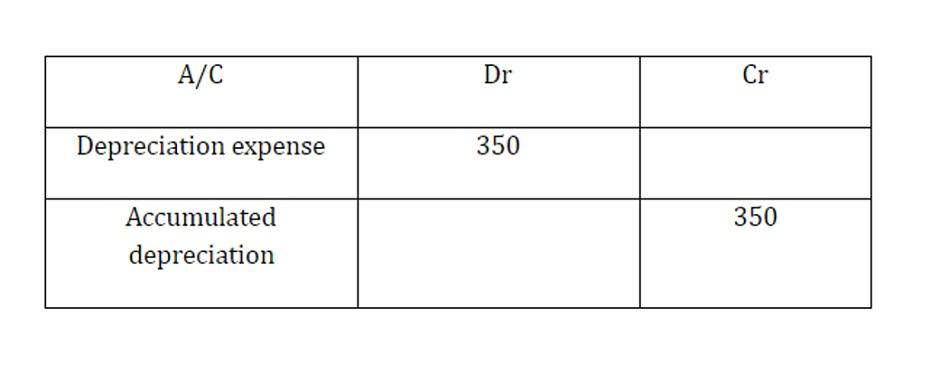How to Create an Effective Onboarding Checklist for Accounting Clients
Certain services may not be available to attest clients under the rules and regulations of public accounting. Please see /about to learn more about our global network of member firms. There are high stakes when managing a business’s financial statements, which can lead to stress.

This free plan includes unlimited usage for invoices, bills, and customer and vendor management and keeps track of bank and cash account balances. It simplifies financial record-keeping by automatically inserting bank details into documents. Additionally, it offers live currency rate updates, sparing you the manual effort of updating currencies. Akaunting's free version also monitors outstanding payments and helps prioritize upcoming dues, reducing the risk of late payments. It is one of the best free accounting software for small businesses. If you’re looking to gain a competitive advantage in the world of accounting, look no further than a bookkeeping certification.
What are some of the most rewarding aspects of working as a bookkeeper? Some of the most challenging aspects?
The cost to become a CPB includes four courses and their respective exams. If you purchase these materials as a bundle, they cost $1,276 in total. In terms of hiring potential, there is little difference between the two professional bookkeeping service designations. Both are nationally recognized and well-regarded by accounting professionals. The Talent Acquisition team is dedicated to connecting people with exciting career opportunities and partnership within Intuit.
Deloitte can help you stay abreast of these changes, respond to continuous developments in the technology industry, and assist with navigating the appropriate accounting guidance. ProfitBooks.net is a user-friendly platform that lets businesses efficiently handle invoicing, allowing for the creation of professional, project-grouped invoices and streamlined payment tracking. It also integrates inventory management, enabling startups to manage stock, sales orders, and deliveries effectively.
Inventory Management
Working with a client and being able to provide them with the information to make the best decisions for their business comes first. After my role as a staff accountant, I moved to a financial analyst position and then to a controller position, all at larger publicly traded companies. I gained a ton of experience and enjoyed the journey, but I knew something was missing. I needed a way to be innovative and wanted to build something, and that just wasn't possible in the roles I had. After much deliberation and a large salary cut, I moved to a startup and fell in love! I was also surprised that what I came to build wasn't already built.
Regardless of whether you are pursuing credentials through AIPB or NACPB, your supervisor or a former employer must validate your experience hours. For example, the client is responsible for entering transactions. Intuit partners with clients to provide support and assistance and works with them to ensure transactions are categorized and reconciled correctly so they have accurate financial reports each month. Customers schedule an appointment to have a bookkeeper review their transactions, and multiple schedules are available to choose from. You will have access to a client management portal, and can communicate with customers through video conferencing and messaging. Self-taught bookkeepers use a variety of courses, seminars, books, and other online resources to learn about bookkeeping and accounting.
Link your accounts
If you want to retake either of the first parts of the CB exam, the fee is $60. You may use notes and your workbook for the final two parts of the exam, but not for the first two parts. To become a CB, AIPB asks for a registration fee of $25 for members and $60 for nonmembers. The organization also offers one-, two-, and three-year memberships at discounted prices.
- I was also surprised that what I came to build wasn't already built.
- Bookkeepers help clients manage finances, oversee the creation and filing of important financial reports, monitor financial transactions, and overall support the business’s financial health for the long term.
- Accounts payable bookkeepers help protect companies' credit standing by ensuring they meet financial obligations on time.
- A 2019 survey by the American Institute of Professional Bookkeepers (AIPB) asked AIPB-credentialed bookkeepers if they would recommend certification to others.
- In addition, smaller businesses may use single-entry bookkeeping, while larger businesses are more likely to use double-entry bookkeeping.
- Accounts receivable bookkeepers collect money owed to the business and report delinquent accounts.
- Membership also gives you access to resources that can help you prepare to become a CPB.
You can work with other bookkeepers and tax experts to share and expand your knowledge. Many of the processes, policies, and procedures include detail-oriented tasks to ensure financial accuracy. One of the most rewarding parts of building your own business is that whatever you put into it, you will see the outcome and reap the benefits. As you move along in your business plan, you get to decide how much time, energy, and motivation you have to give to your endeavor.
Instead of scrambling to do your bookkeeping in the evenings and on weekends, let bookkeeping pro services take the burden away. Free up your time and focus on your business for optimum profitability. Instruct clients and their team members on how to manually enter financial transactions into QuickBooks Online, especially for transactions that may not be captured through automated processes. Linking your client’s bank accounts and credit cards to QuickBooks Online is easy.
Perhaps you’ve worked as a bookkeeper for a larger company or firm and you’d like to branch out and start your own business. You may be ready to be your own boss, work virtually, make your own hours, and build your own accounting software program. Enrolled agents have unlimited rights to practice before the IRS, allowing them to represent any client before the IRS on any tax matter.
Professional Services
Projections indicate that it is expected to attain a value of $70.2 billion by 2030, with a high CAGR of 19.6% expected from 2021 through 2030. This growth can be attributed to the increasing demand for cloud-based accounting software, which offers comprehensive financial aggregation, reporting, and analysis across https://www.bookstime.com/ different corporate units. Cloud-based accounting reduces processing time and maintenance costs and provides real-time reporting. While the demand for accounting software is growing, there is a concerning shortage of accountants. Akaunting offers a cost-free plan that allows businesses to manage their finances.
How to Start Your Own Bookkeeping Business: Essential Tips - Investopedia
How to Start Your Own Bookkeeping Business: Essential Tips.
Posted: Wed, 11 Oct 2023 07:00:00 GMT [source]




